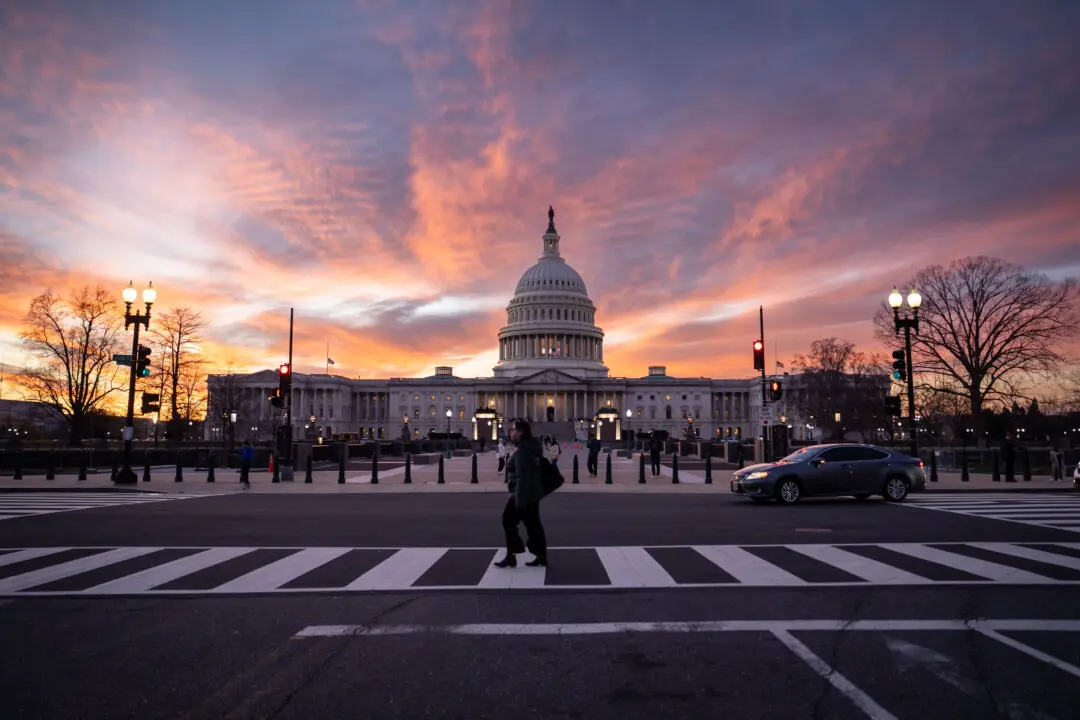The U.S. government ran a budget deficit of $296 billion in February, slightly lower than the consensus estimate of $298 billion. New Treasury Department data confirmed that Washington’s fiscal year-to-date shortfall is inching closer to $1 trillion.
In the first five months of the fiscal year, the budget deficit was $828.135 billion, up by roughly 15 percent compared with the same span a year ago, according to the Monthly Treasury Statement (MTS).





